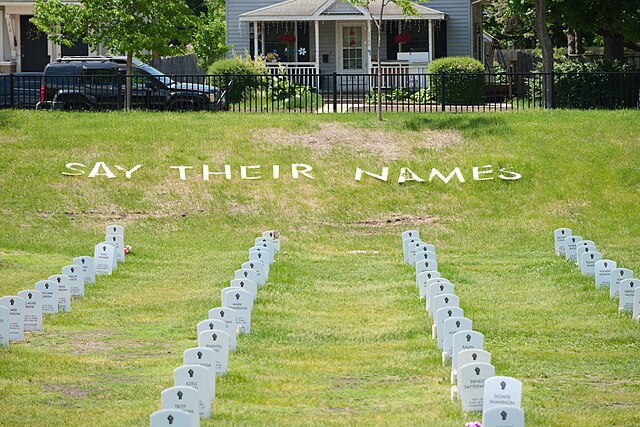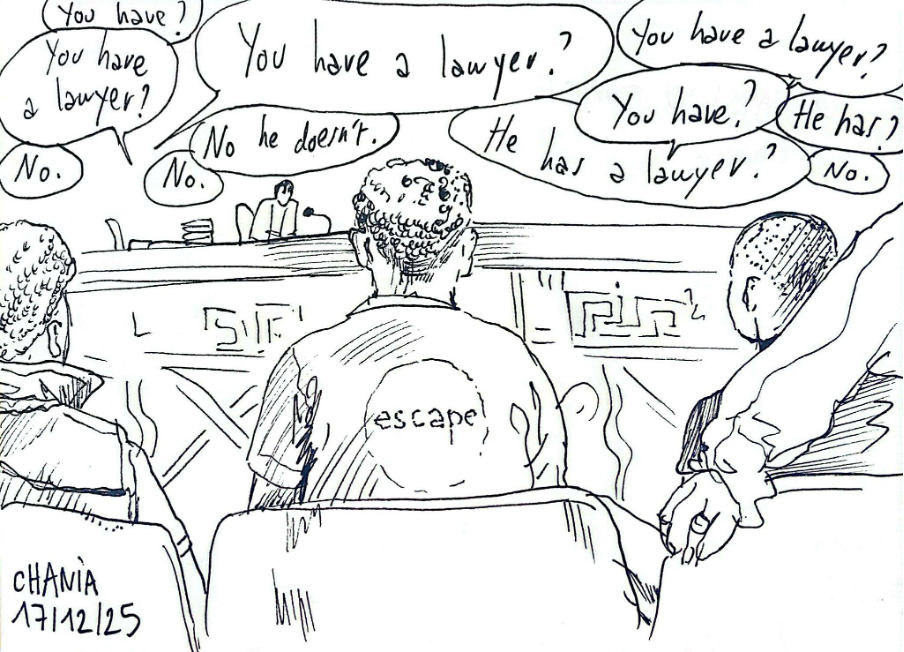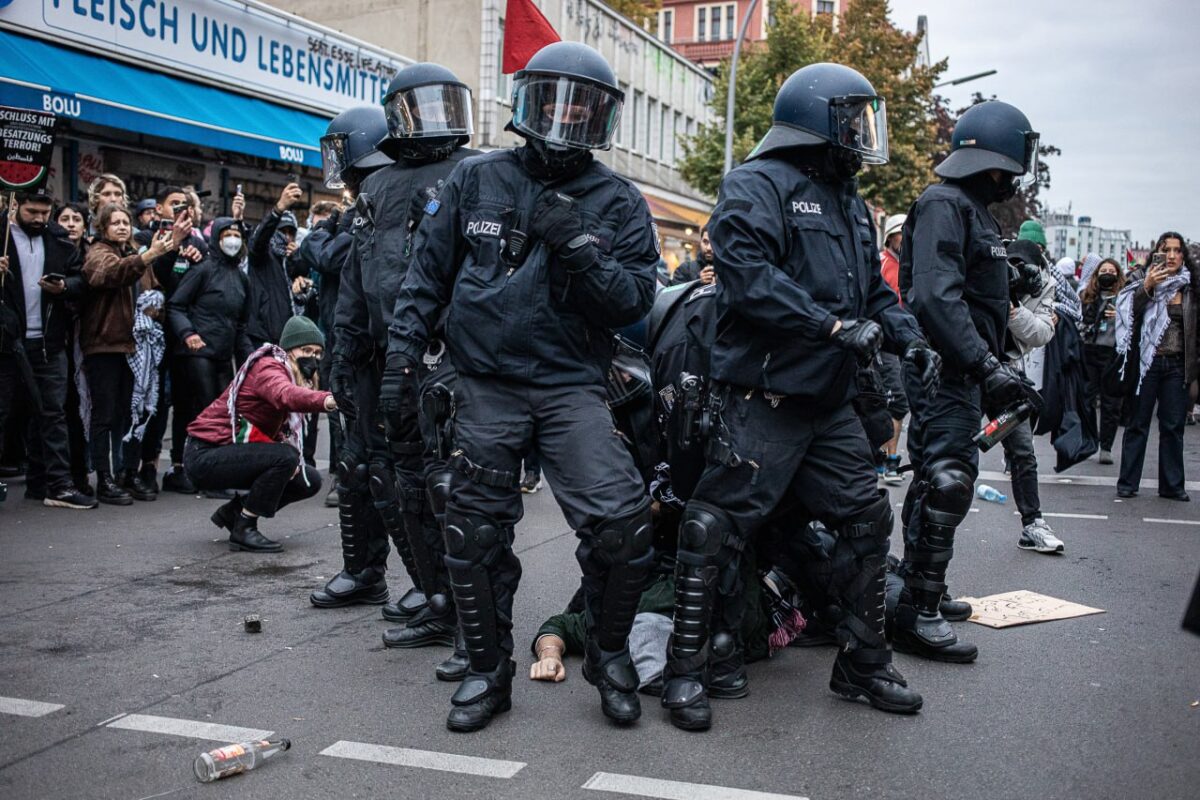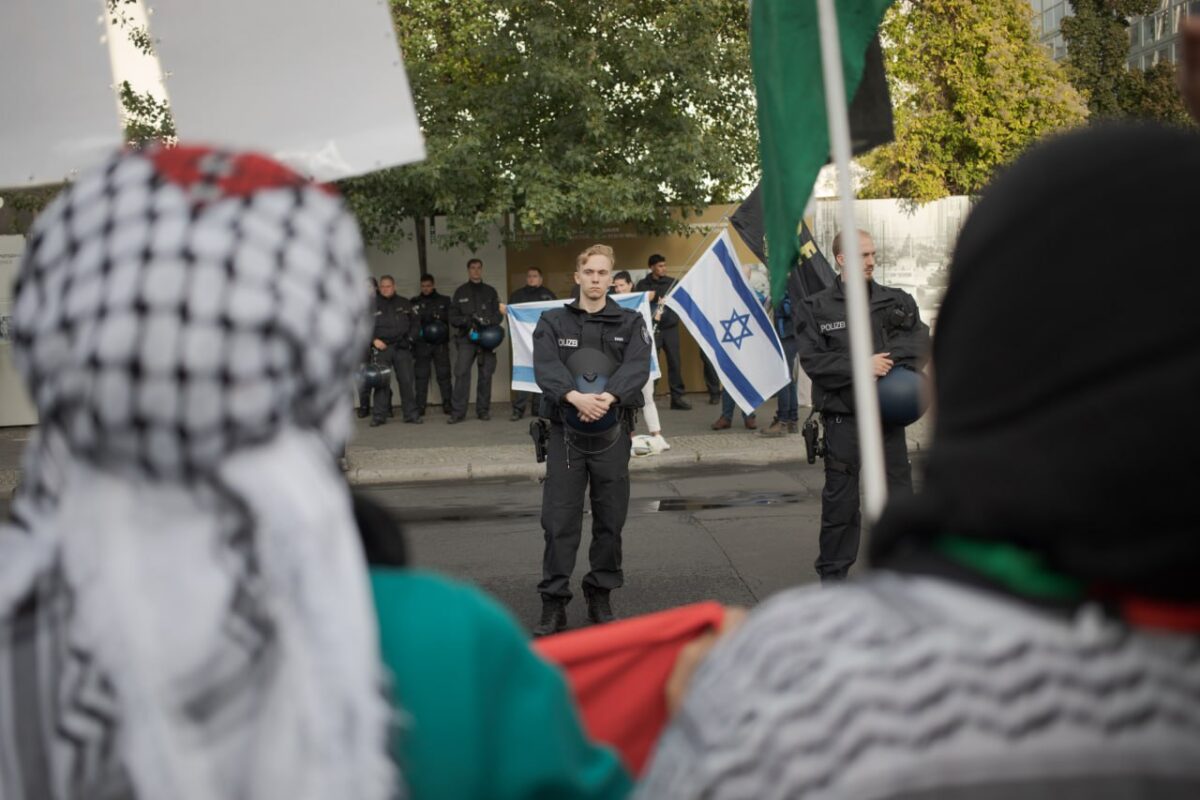Marcellus Williams was executed by the State of Missouri on the 24th of September 2024, for the 2001 murder of Felicia Gayle. As with many executions in the states, this comes at the end of a long time served on death row – almost 24 years, and a long process of appeals.
At the time of his execution, a petition calling for the release of Williams hosted on Change.org held upwards of 600,000 signatures. Williams’ advocates point to the state’s mishandling of evidence: questions about DNA evidence found on the knife used in the murder stayed his execution in 2017 due to its inconclusive result. According to an evidentiary hearing, the tests were contaminated by officials on the persecuting team handling the knife without gloves prior to a hearing in 2001.
With evidence that could be exonerating being ruined by the state, one would expect clemency. Indeed, the Innocence Project reached an agreement with the ruling judge and Gayle’s family to convert his sentence to life in prison. This agreement was challenged by the Attorney General’s office, and the Missouri Supreme Court rejected the agreement.
The United States Supreme Court also rejected a last minute appeal based on racial bias during the original trial. Marcellus is black, and the jury pool that convicted him had only 1 black member. Six had been struck from the pool, including one that the prosecutor for the case described as looking “like Marcellus’s brother”.
Williams was not the only execution that week. Between the 20th and the 26th of September, Freddie Owens, Travis Mullis, Alan Eugene Miller and Emmanuel Littlejohn were also executed in the United States. Five in less than a week, the first time this has happened since 2003. Of the executions, only Mullis and Miller were white.
This week raises the question: are executions in the United States becoming more common?
According to legal experts interviewed by Associated Press, no. Each state followed their own procedures and happened to schedule the executions within the same one-week span. This is true. Most of the victims (except for Mullis) had tried to appeal through the system several times and failed to change the verdicts.
This answer focuses on the functioning of the courts themselves, an understandable response from someone working within the system. However, focusing on the bureaucratic machinations of the system functions to obfuscate the human cost tied to the death statistics. The story of each execution provides some insight here.
Emmanuel Littlejohn was executed for his alleged role in a convenience store robbery in 1992. He also had a questionable court proceeding. There was no forensic evidence to link him to the crime, only the testimony of a witness. He confessed to being present during the robbery, however the court was not able to establish whether he pulled the trigger. In spite of this, the prosecutor argued that involvement with the robbery made him equally guilty.
Travis Mullis was executed swiftly as he was a “volunteer”- after the killing of his 3-month-old son he waived all appeals and pushed for his own swift execution.
For Alan Eugene Miller, this was not the first time his execution was attempted. In 2022, Alabama attempted lethal injection on him. After being unable to find an appropriate vein, they hung him upside down to increase blood flow. “Mr Miller was deeply disturbed by state employees silently staring at him while he was hanging vertically from the gurney,” quotes his attorney. His eventual execution was by an experimental technique using suffocation by nitrogen, which has only been performed once before.
In Freddie Williams’ case, the racial element is clear. Critics have decried the fact that of the jury pool, 6 of a potential 7 black jurors were rejected, allegedly partially on racial grounds.
These five cases give an undeniable impression of both the cruelty and racial bias involved in these proceedings. Further, there is an undeniably political aspect to this; the states that carried out the executions (and more generally those that still use the death penalty) are all Southern states, with Republican leanings. Indeed, the Missouri Supreme Court, instrumental in the Williams case, is stacked with pro-Trump judges.
Support for the death penalty is deeply rooted within the American conscience. Supporters have myriad reasons: it is cheaper and safer for society, it deters people from perpetrating the most heinous of crimes, and it avenges the loved ones of victims, providing them with appropriate closure.
It is perhaps this last point which is the most salient; an eye for an eye is an appealing concept, particularly for people who feel that society needs to become tougher & harsher (beliefs that correlate strongly with right-wing politics) and those who either believe that the justice system is a good determinant of truth or feel disconnected from the outcomes of the system. As this element is already embedded in the culture, and as sentiment shifts to the right in the States, it is easy for political actors to appeal to this idea, especially in place of actual policy.
Judges in these states are twice as likely to approve a death sentence if they are running for election that year. The federal government in the United States has the capacity to execute prisoners, however these executions have only happened under two presidents: under Bush 3 executions, and under Trump a shocking 20, all in his last 6 months in office.
While the Republicans represent this tendency in the strongest sense, the Democrats are not immune to it; notably the current Democratic platform is the first one since 2012 to not include opposition to the death penalty. It has been quietly dropped, fitting well with the marketing of the campaign as “a prosecutor versus a convicted felon” and particularly with the recent desire to “reach across the aisle”, although it being dropped pre-dates this shift.




